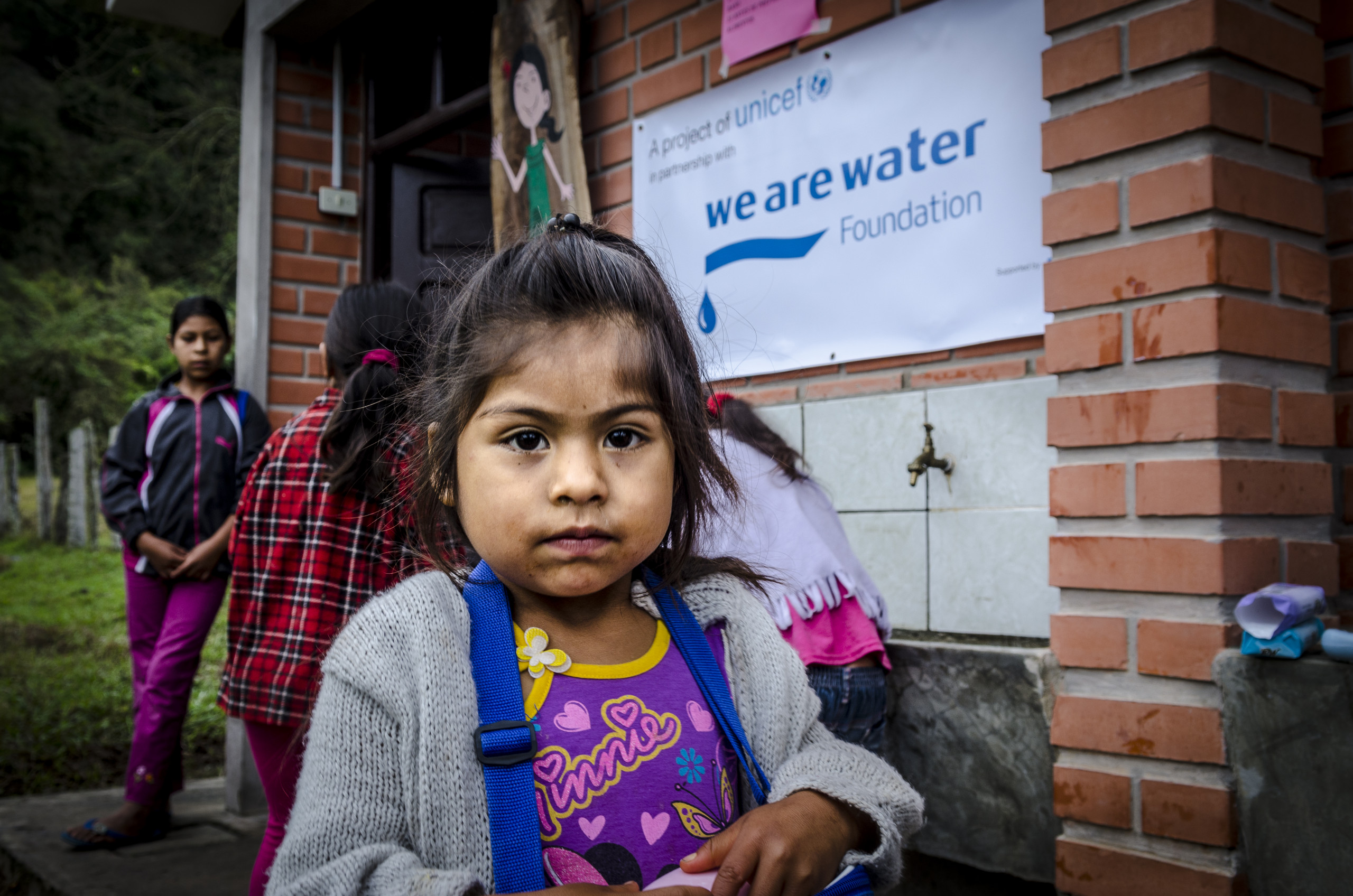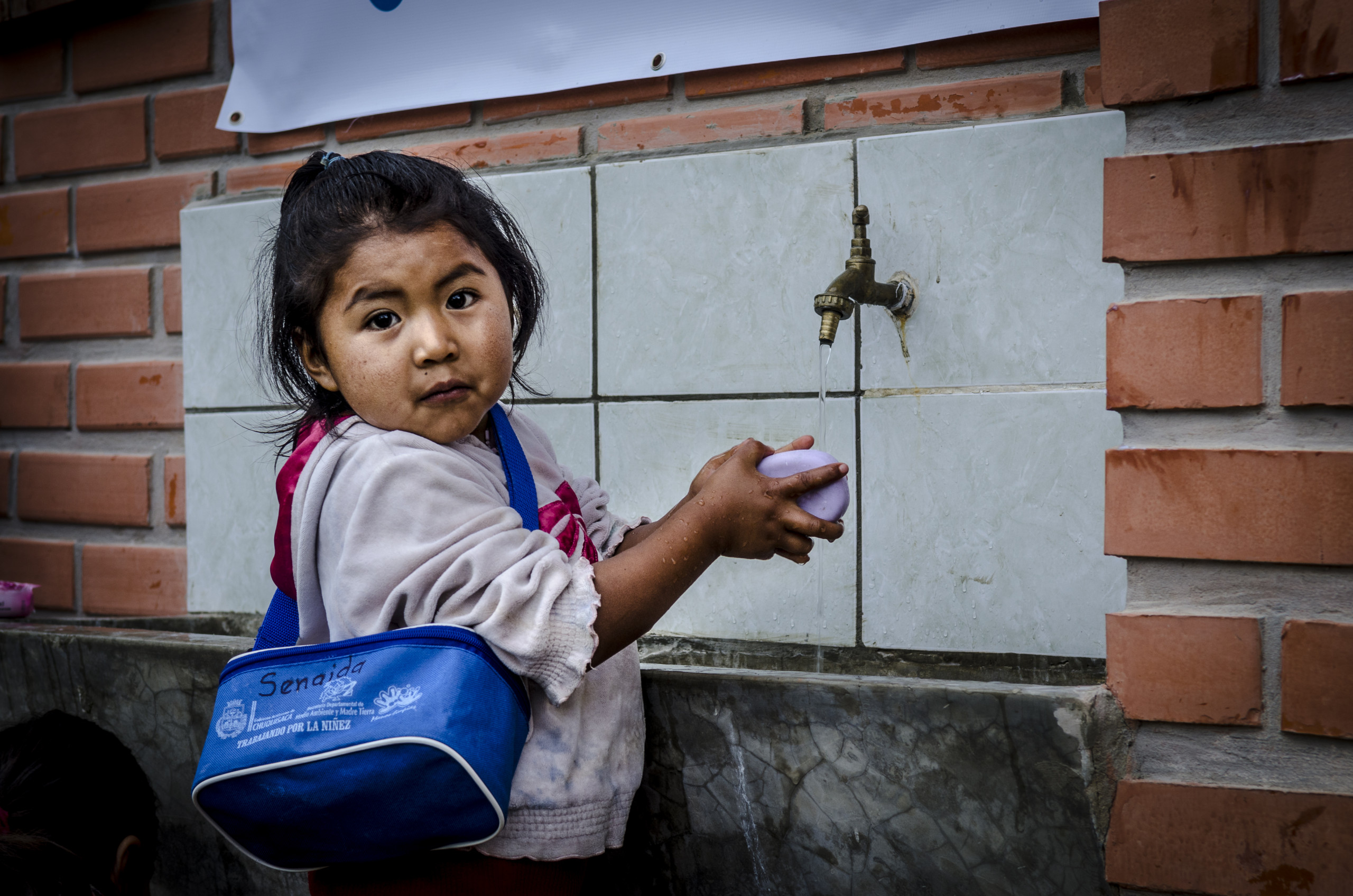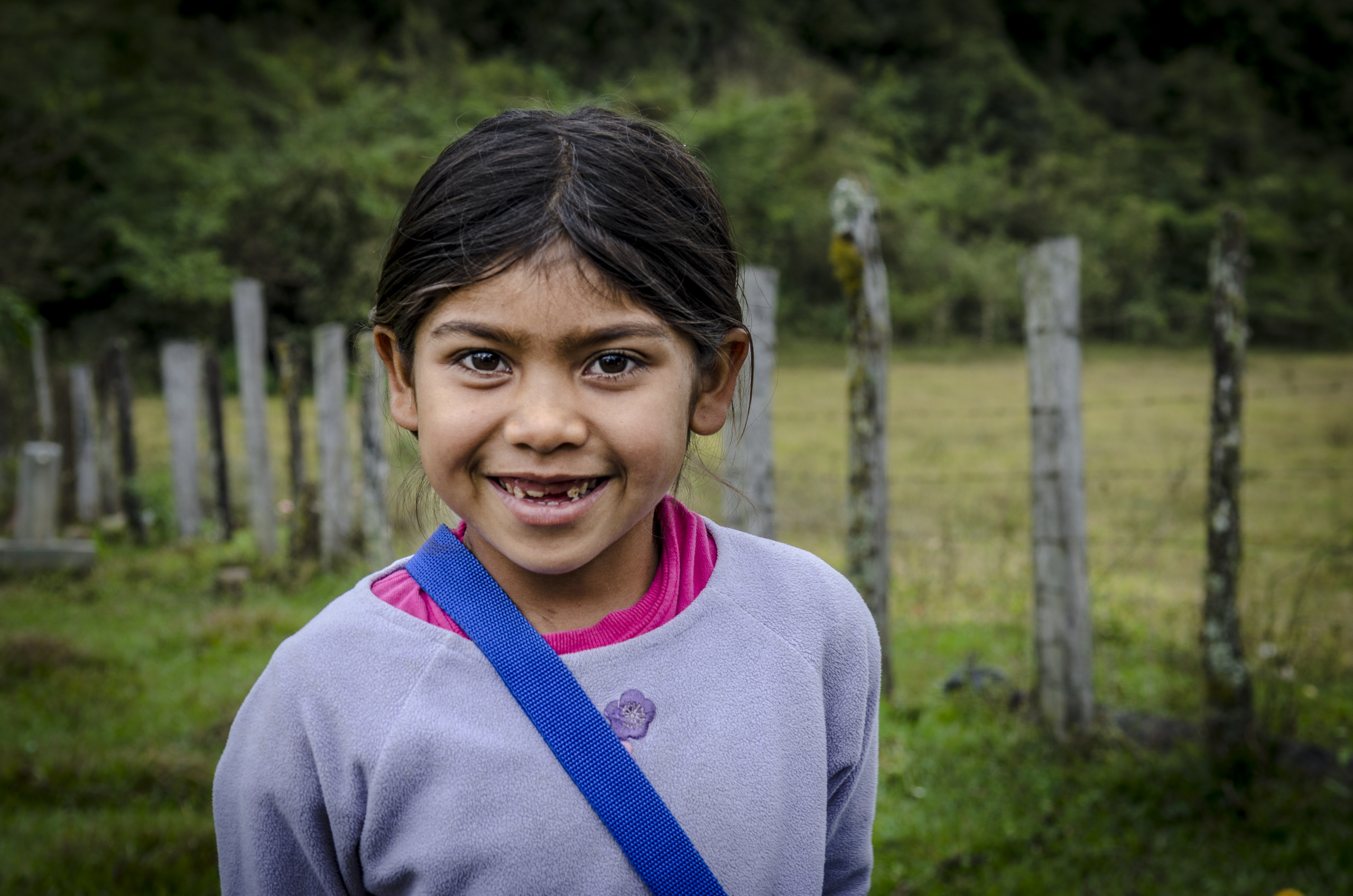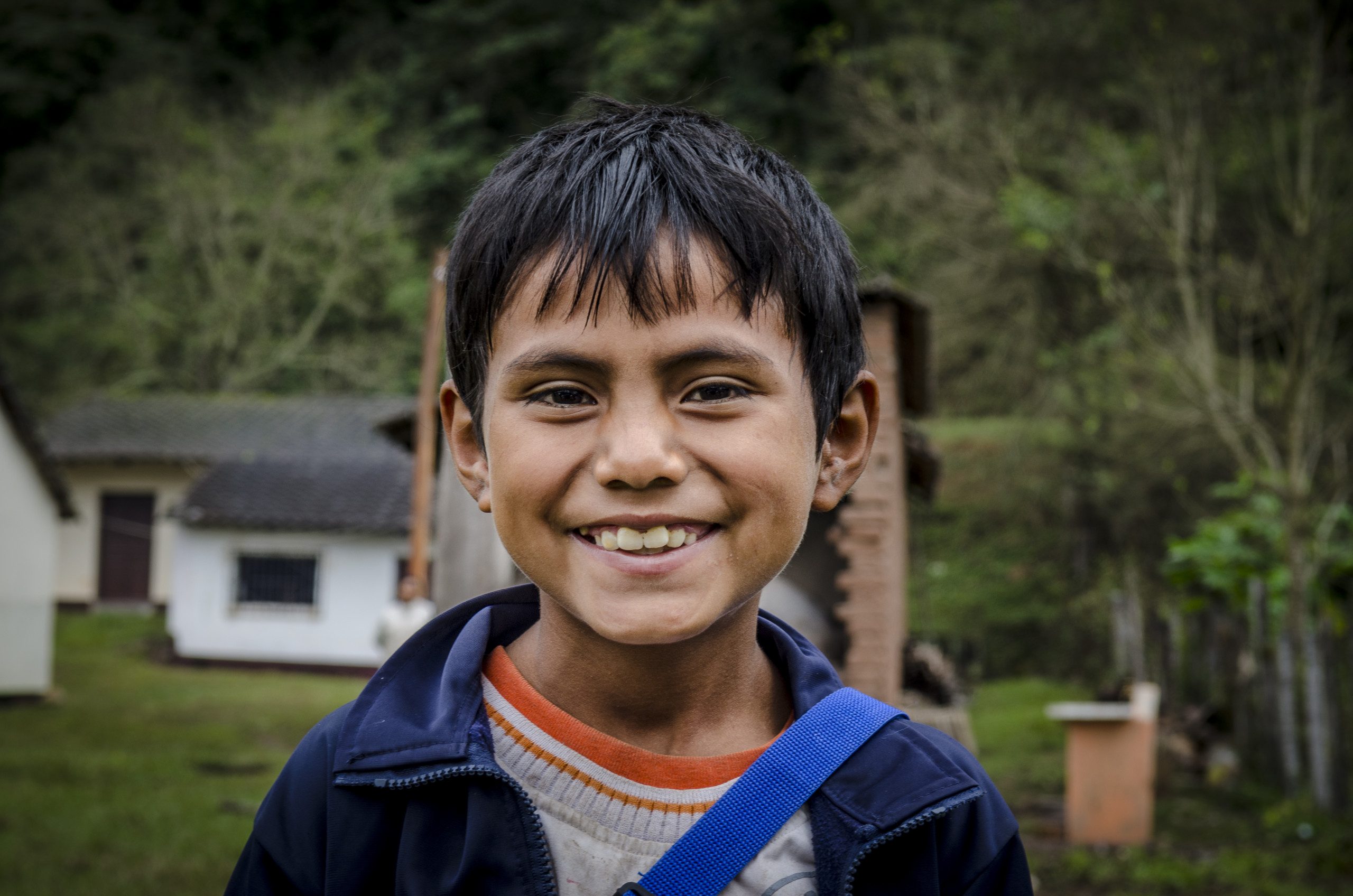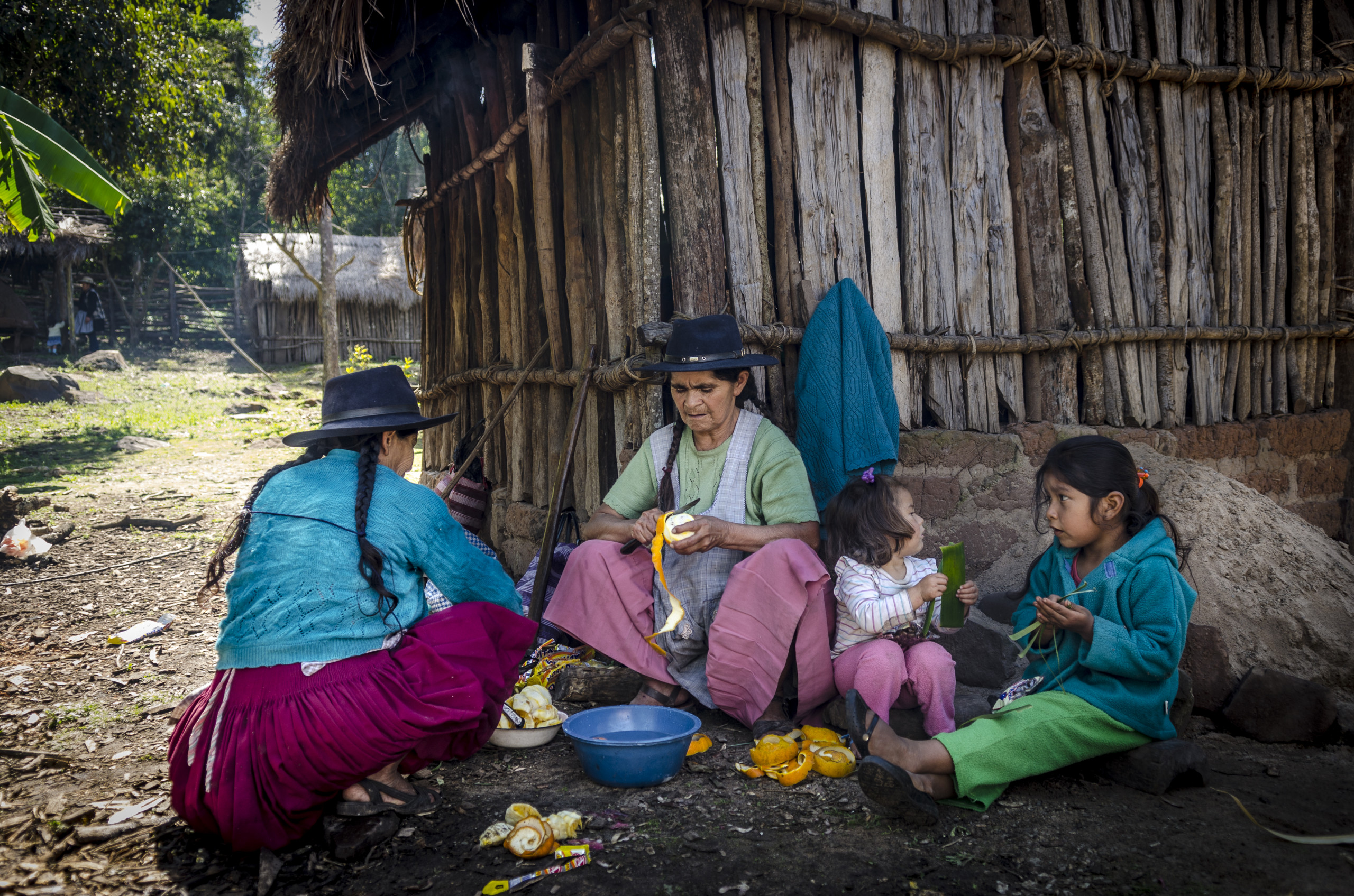Chaco-Chuquisaqueño, Bolivia
In collaboration with

December 2011 – June 2015
We help rural communities of less than 2,000 inhabitants and those responsible for health centres adopt improved hygiene practices and the proper use of water and sanitation services.
Objectives
- Reduce vulnerability, high rates of malnutrition and high rates of child morbidity in dispersed rural communities and Guaraní schools.
Beneficiaries
1,300 direct
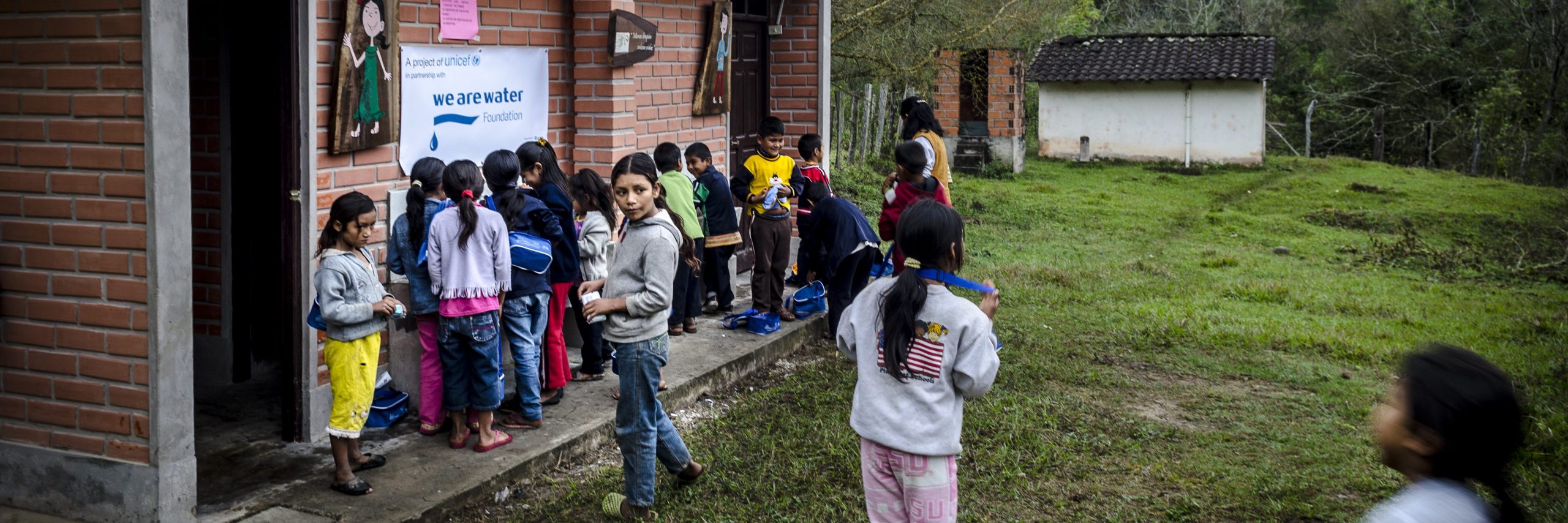
On the ground
80% of the Bolivian rural population lives in communities of less than 500 inhabitants, called “dispersed rural population.” They are the ones that have been most affected by climate change, with severe flooding in some areas combined with intense and prolonged droughts in others.
Approximately 2.3 million inhabitants of Bolivia do not have access to water services; 57% of those are in rural areas. 5 million inhabitants of Bolivia do not have sufficient access to sanitation services; 43% of those are in rural areas. 80% of the rural population live in communities of less than 500 people, known as dispersed rural population. Over the last years the country has suffered the effects of climate change, with serious floods in some areas, caused by the El Niño phenomenon, together with intense and long droughts in others.
Bolivia is going through an intense period of change. In addition to the social changes of the last three decades, the recent years have seen a highly symbolic change in the political dispensation, starting in 2006 with the election of Evo Morales as the first indigenous president of the country. Over the last years, Bolivia has made significant social advances which have enabled the country as a whole to achieve a medium level of human development. Between 2000 and 2008, relative poverty levels, both extreme and moderate, decreased by 12.5 and 7.1 percentage points respectively. This decrease was mainly due to a reduction in rural poverty, especially extreme poverty, which decreased from almost eight out of every ten poor people in 2000 to five in 2008.
With regard to water and sanitation, the country saw the Guerra del Agua (War of Water), a series of protests that took place in Cochabamba, between January and April 2000 against the privatisation of municipal water services. This was one of the catalysts of the current change process. From 2001, policies for change have come about, with wide participation from farming and indigenous organizations and users of drinking water systems.
In detail
The aim is to empower communities: families, boys, girls, teachers in schools and those responsible for health centres, in order for them to adopt better hygiene practices and proper use of water and sanitation services. This, together with developing capabilities at a local level, is to make projects self-manageable and sustainable.
The strategy to achieve the aforementioned goals includes the implementation of a number of activities at various levels: departmental, municipal and community/school level. Some of the activities are:
- Developing community and school initiatives to promote hygiene habits.
- Drilling wells.
- Providing technical assistance to municipal governments.
- Strengthening local structures in order for services to be managed by the community.
- Creating school committees that are responsible for operating and maintaining services
- Supplying eco-toilets to schools.


